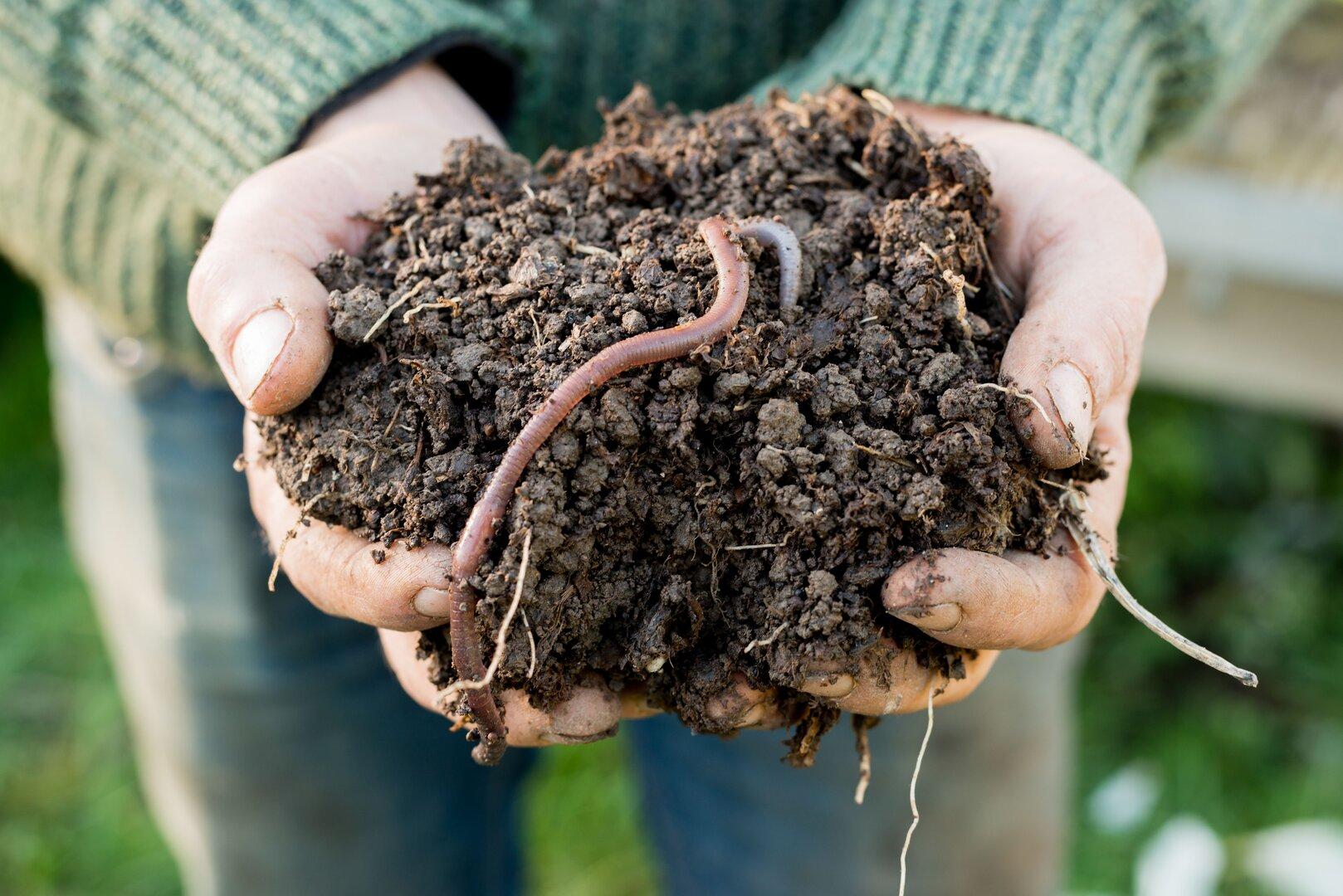Every evening for six weeks, Marion Mittmannsgruber stuck toothpicks into 72 plant pots filled with soil and earthworms. She covered half of the containers in the glasshouse at the University of Natural Resources and Life Sciences in Vienna overnight; twelve hours of darkness. She exposed the other half to dim ceiling lighting, which was just enough to read the newspaper. The next morning, the agroecologist counted the wooden sticks that had been knocked over and deduced from this that the earthworms were active.
Photophobia
It was found that Lumbricus terrestris ventured to the surface 76 percent less often in light. 85 percent of the mating acts also took place in secret. The hermaphrodite usually finds it easier to reproduce for hours in the open air. “Light pollution has a major negative effect – not just on earthworms,” says Mittmannsgruber, summarizing her results, recently published in BMC Ecology and Evolution.
In this country, 62 of around 3,000 earthworm species burrow through the soil at various depths. The bioindicators show whether the underground ecosystem is intact or out of balance. In Great Britain, the number of earthworms has decreased by 30 percent over the past 25 years, and the trend can probably be replicated in Austria. It’s not just light pollution that affects the little bristles.
Pointless
Earthworms have no ears, nose or eyes. They use sensory cells to distinguish between light and dark. They react sensitively to vibrations.
Useful
Earthworms use their mouths to pull plant debris into their tunnel system. Their spiral-shaped excretions are rich in nutrients, their burrows loosen and aerate the soil.
Harmful
European species that were introduced to North America from the 17th century onwards invasively bring all the soil chemistry there
mixed up.
Sensitive to heat
“It is primarily climatic conditions that determine the occurrence of earthworms,” says Julia Seeber. The researcher at the Institute of Ecology at the University of Innsbruck worked with 140 colleagues to develop a world map of earthworm distribution. To do this, she dug up standard-sized blocks of soil, took them to the laboratory and irradiated them from above with a light bulb. It was only a matter of time before the little animals, escaping the heat, crawled out of the earth brick below and could be scooped out of a collecting bowl. The electricity method, which uses electronic impulses to tickle worms out of the earth, requires moist soil. “They are not available everywhere,” says Seeber. Chemical tickling using mustard water is also not an effective extraction agent.
soil
“Dig up soil carefully,” advises worm expert Marion Mittmannsgruber. Forks cause less damage than shovels
Greens
Leave grass clippings lying around after mowing; they are easy to eat. Mulch also tastes good
Pesticides
“Avoid pesticides,” says Mittmannsgruber. Chemical pest control and fertilizers kill worms
lighting
Reduce artificial light
The study with 7,000 soil samples from 57 countries – published in Science – came to the conclusion that although species richness is greatest in the tropics, the density of earthworms is significantly higher in temperate latitudes. The 2019 conclusion was: “Climate change could lead to major changes in earthworm communities and the ecosystems they influence.”
Soil must be deep
In fact, earthworms have certain demands on their habitat. The soil must be deep and not too acidic; plant remains and seeds must satisfy the constantly hungry decomposers. The annelids usually survive cold winters and excessively dry summers curled up with reduced body functions. “The question is how long they can survive such extreme situations. The animals grow up after a few months, but live for a few years,” says Seeber. By the way, she suspects that precipitation drives the “rain worms” to the surface so that they can make meters there; Drought slows down the already slow slimers. The theory that the worms fear floods does not hold: they breathe through their skin and thus survive unscathed at the diving station.
Sealed
“Once the ground is sealed, it’s completely over,” says Mittmannsgruber, citing another threat to the evolutionarily highly successful species. If neither light nor water penetrates the soil, springtails, mites, woodlice, insects and microorganisms as well as worms of all kinds die. “Where earthworms are native, they are of course beneficial,” the experts agree. It pays to promote them – and research them.









